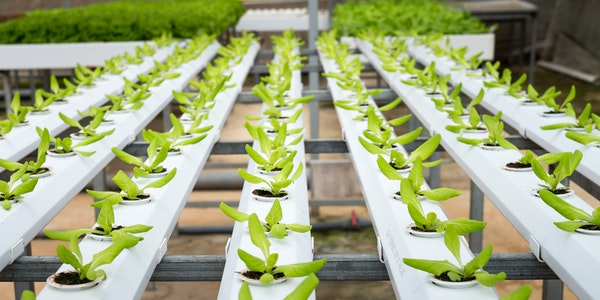Definition of Soilless Culture
Soilless culture refers to a cultivation method in which water, grass charcoal, forest mulch, vermiculite and other media are used as the substrate for plant roots to fix plants, and plant roots can directly contact nutrient solutions. The composition of the nutrient solution in soilless culture is easy to control and can be adjusted at any time. In places with suitable sunlight and temperature but no soil, such as deserts, beaches, and deserted islands, it can be carried out as long as there is a certain amount of fresh water supply. Soilless culture can be divided into hydroponic culture, fog (air) culture and substrate culture according to different culture media. Hydroponics refers to the cultivation method in which the roots of plants are directly in contact with nutrient solution without using a substrate. The earliest hydroponic culture was to immerse plant roots in a nutrient solution to grow. This method will cause hypoxia and cause root death in severe cases. The hydroponic method of nutrient liquid film method is often used, even if a thin layer of nutrient liquid continuously circulates through the roots of the crop, it not only ensures the continuous supply of water and nutrients to the crop, but also the constant supply of fresh oxygen to the roots.
Overview of soilless culture
Soilless cultivation is a new crop cultivation technology developed in recent decades. Crops are not cultivated in the soil, but are planted in an aqueous solution (nutrient solution) dissolved with minerals; or in a certain cultivation substrate, the nutrient solution is used for crop cultivation. As long as there are certain cultivation equipment and certain management measures, crops can grow normally and obtain high yields. Because it does not use natural soil, but uses nutrient solution to irrigate crops, it is called soilless cultivation.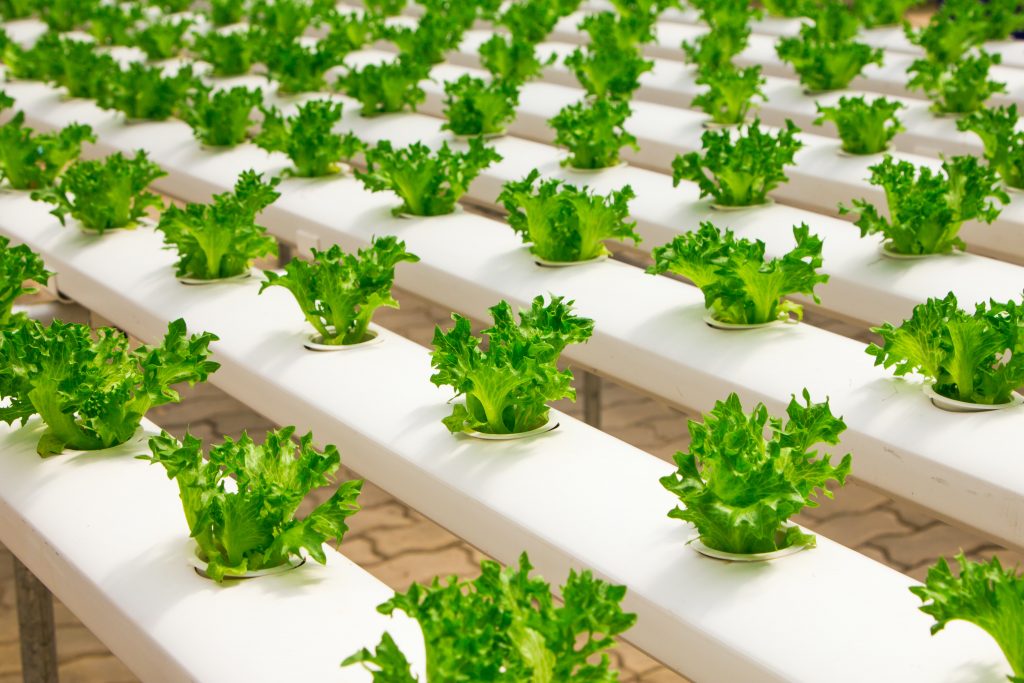
The characteristic of soilless culture is to replace the soil environment with the artificially created crop root growth environment. It can not only meet the requirements of crops for nutrients, moisture, air and other conditions, but also control and adjust these requirements to promote better crop growth. , And get better nutritional growth in reproductive growth balance. Therefore, soilless crops usually grow well, have high yields, and are of high quality.
Soilless culture breaks away from the limitation of soil, greatly expands the space of agricultural production, and enables crops to be produced on barren land. The development prospects are very broad. Almost all plant factories adopt soilless cultivation mode. flowers.
The development situation of soilless culture
In the middle of the 19th century, German scientist Van Leibig established the embryonic form of mineral nutrition theory, laying the theoretical foundation for modern soilless cultivation technology. Sachs and Knop successfully planted plants in nutrient solutions around 1860, established a method of cultivating plants with mineral nutrient solutions that has been used today, and gradually evolved into modern soilless cultivation techniques. In 1929, Gericke in the United States conducted a large-scale research on soilless cultivation, using nutrient solution to grow tomatoes up to 7.5m in height, and 14kg of fruit per plant. In the 1940s, soilless cultivation was used as a new cultivation method in agricultural production. Many countries have successively established soilless cultivation bases, and some have also built greenhouses. During the Second World War, the British Air Force used soilless cultivation to produce vegetables in the Iraqi desert and the United States on Wake Island in the Pacific to supply wartime needs. Later, different countries began to apply the technology of soilless culture and achieved greater development. In 1955, during the 14th International Horticultural Conference held in the Netherlands, some soilless culture researchers initiated the establishment of the International Soilless Culture Group (IWOSC), which was renamed the Society of Soilless Culture (ISOSC) in 1980.
The research and production application of soilless culture in China began in the 1970s, mainly for rice seedlings without soil and soilless seedlings for vegetable crops. In 1980, China established a vegetable factory seedling cooperative group. In addition to researching soilless seedlings, it also conducted research on soilless cultivation techniques in protected areas. In 2016, the Institute of Botany of the Chinese Academy of Sciences and Fujian San’an Group established the world’s largest all-artificial light plant factory Zhongke San’an Plant Factory, which realized the large-scale industrial application of soilless vegetable production.
Although soilless culture is a young science, it has been developed and applied in many fields, which is inseparable from its many advantages.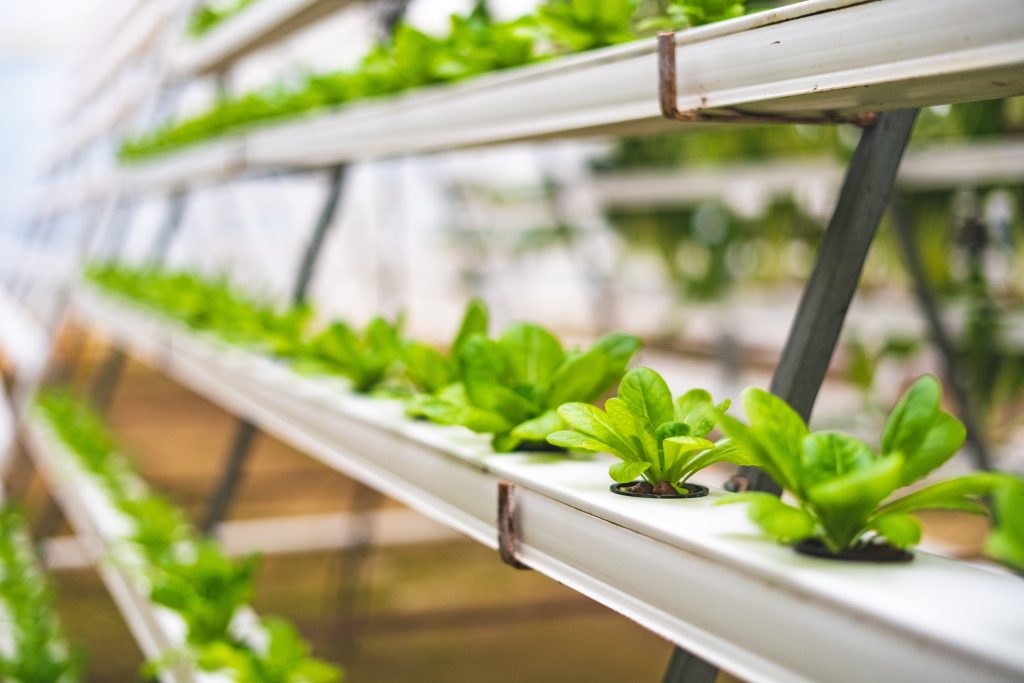
Advantages of soilless culture
- Water saving, fertilizer saving and high yield:
Various nutrient elements required by crops in soilless cultivation are artificially formulated into nutrient solutions and applied, with little water loss, balanced nutrient components, high absorption efficiency, and scientifically supplying nutrients according to crop types and different growth stages of the same crop . Therefore, the growth of crops is strong and strong, which can give full play to the potential of increasing production.
- Clean and sanitary without pollution:
In soil cultivation, organic fertilizers are applied, and the fertilizers are decomposed and fermented to produce odor and pollute the environment. It will also cause the eggs of many pests to breed and harm crops. In soilless cultivation, inorganic fertilizers are used. These problems do not exist and can avoid contaminated soil. Pollution of heavy metals and other harmful substances.
- Save labor and effort, easy to manage:
Soilless cultivation does not require cultivating, plowing, weeding and other operations, saving labor and labor. The watering and top dressing are solved at the same time, and the liquid supply system is regularly and quantitatively supplied, which is convenient for management, does not cause waste, and greatly reduces labor intensity.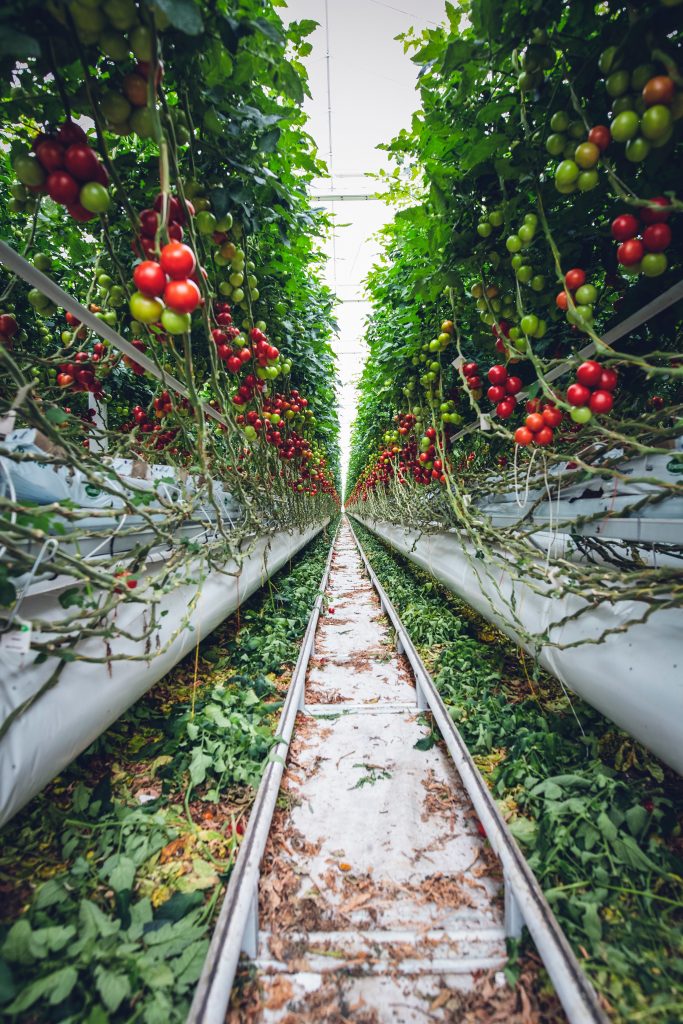
- Avoid continuous cropping obstacles:
In the field planting management of vegetables, reasonable land rotation and avoiding continuous cropping are one of the important measures to prevent the serious occurrence and spread of diseases. Soilless culture, especially hydroponics, can fundamentally solve this problem.
- Without regional restrictions, make full use of space:
Soilless cultivation allows crops to be completely separated from the soil environment, and is not restricted by soil quality and water conservancy conditions. Many deserts, wastelands or areas that are difficult to cultivate on the earth can be used by soilless cultivation methods. Getting rid of the constraints of the land, soilless cultivation can also be free of space constraints. Using the flat roofs of abandoned urban factories and buildings to grow vegetables and flowers has virtually expanded the cultivation area.
- Conducive to the realization of agricultural modernization:
Soilless cultivation allows agricultural production to get rid of the constraints of the natural environment and can be produced according to human will, so it is a controlled agricultural production method. Farming according to quantitative indicators to a greater extent is conducive to the realization of mechanization and automation, thereby gradually moving towards an industrialized production method.
Application of soilless culture
Because soilless cultivation gets rid of the limitation of soil cultivation, it has broad development prospects. Soilless cultivation has a wide range of applications, mainly in the following areas:
(1) It is used in vegetable cultivation to cultivate pollution-free green food, which is healthy and safe, and is highly valued by people.
(2) For flower cultivation
Both cut flowers and potted flowers are suitable for soilless cultivation. The flowers of soilless cultivation are not only large in flower heads, but also bright in color.
(3) Used to cultivate medicinal plants
Many medicinal plants are root plants, and the root growth environment is very critical. Soilless cultivation can provide a good growth environment for medicinal plants, so the planting effect is very obvious.
(4) For fruit tree cultivation
The seedlings of fruit tree rootstocks cultivated by soilless culture grow fast and have a high survival rate; the fruit trees with fast propagation by cuttings take root and have a high seedling rate.
(5) Used for soilless seedling cultivation
The seedling of soilless culture grows quickly, the seedling age is short, the root system is well-developed, strong and tidy, the slow seedling time after planting is short, and it is easy to survive. It can also avoid soil-borne diseases and pests caused by soil seedlings, and at the same time facilitate scientific and standardized management.
In addition, on the roof balconies of cities without land, soilless cultivation can be developed to grow vegetables and flowers to adjust life and beautify the environment. Large areas can be used on deserted islands, beaches, and sand, stone, and saline land that are not suitable for planting. Develop soilless vegetables to solve or alleviate food supply problems.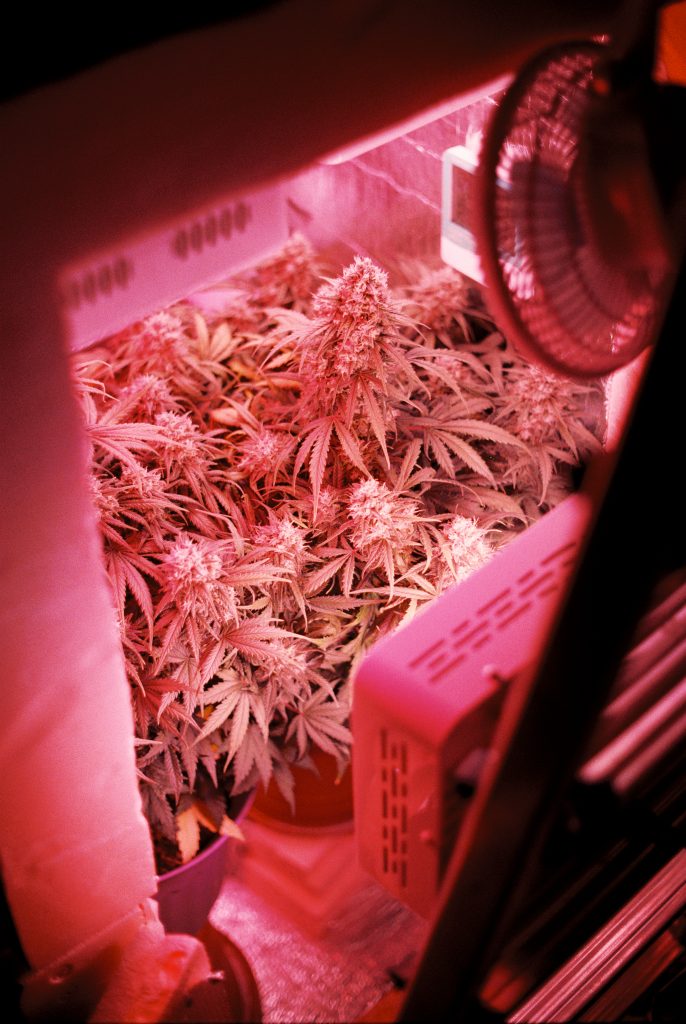
Types of soilless culture
There are so many types and methods of soilless cultivation that it is difficult to classify them in detail. They can only be divided into two categories: substrate-free cultivation and substrate cultivation according to their fixing methods.
1. Substrate-free cultivation
The characteristic of substrate-free cultivation is that the cultivated crops do not have a substrate to fix the root system, and the root system directly contacts the nutrient solution. Substrate-free cultivation is further divided into two types: hydroponics and mist cultivation.
1). Hydroponics: Hydroponics refers to a cultivation method in which the roots of plants are directly in contact with nutrient solutions without the aid of substrates being fixed. It mainly includes deep flow technique (DFT), nutrient film technique (NFT) and floating capillary hydroponics (FCH).
a) Deep flow cultivation technology: The nutrient solution layer is deeper, and the root system stretches in the deeper liquid layer. Each plant occupies a lot of liquid, so the concentration of the nutrient solution, dissolved oxygen, pH, temperature and water stock are not easy to occur The rapid changes provide a stable growth environment for the root system.
b) Nutrient liquid membrane technology: is a hydroponic method in which plants are planted in a shallow flowing nutrient solution. Due to the shallow liquid layer, part of the crop root system is immersed in the shallow flowing nutrient solution, and the other part is exposed to the moisture in the planting trough, which can better solve the root aerobic problem, but due to the small amount of liquid, it is easy to Affected by ambient temperature, fine management is required.
c) Floating board capillary cultivation technology: The root separation technology with floating board wet felt in the cultivation bed is used to create an oxygen-rich environment for cultivating wet air roots and solve the contradiction between water and air; a longer horizontal cultivation bed is used to store a large amount of nutrient solution. It effectively overcomes the shortcomings of NFT. The crop rhizosphere environment is stable and the liquid temperature changes little. It is not afraid of affecting the supply of nutrient solution due to temporary power failure.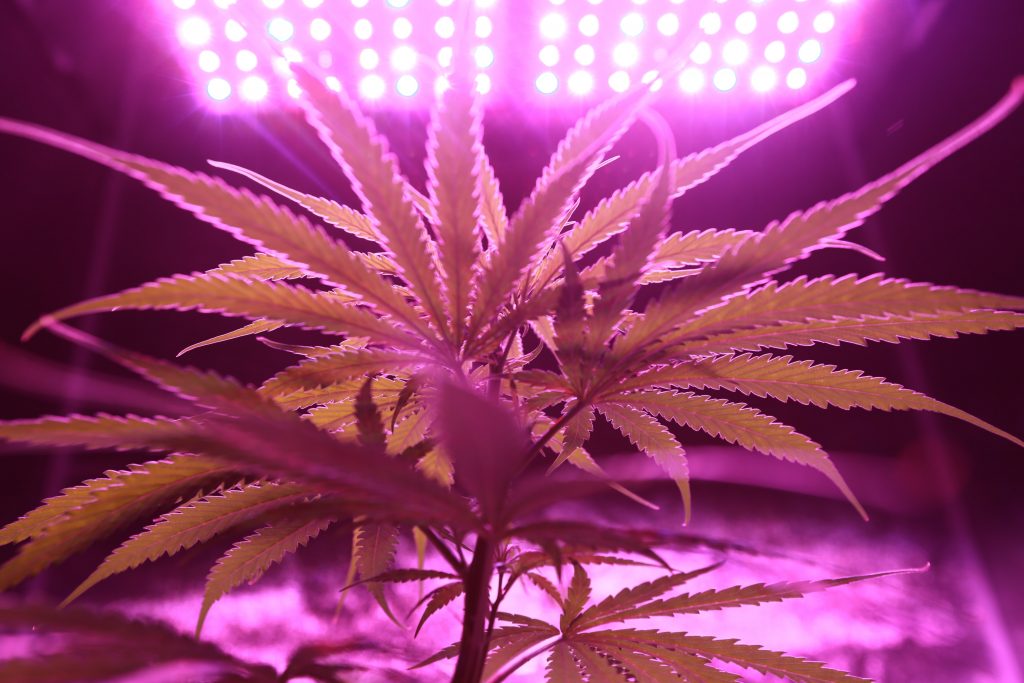
2). Aeroponics: Aeroponics, also known as aerosol culture or aerosol culture, is the use of filtered nutrient solution through an atomizing spray device under pressure to atomize the nutrient solution into small droplets, which are directly sprayed on A soilless culture technique in which plant roots provide water and nutrients needed for plant growth. Aerosol cultivation is the best way to solve the water-gas contradiction of the root system in all soilless cultivation techniques. It can double the yield of crops. It is also easy to automatically control and carry out three-dimensional cultivation, and improve the utilization of greenhouse space. But it has extremely high requirements on the device, which greatly limits its popularization and utilization.
2. Substrate cultivation
The characteristic of substrate culture is that the roots of cultivated crops are fixed by substrate. It fixes the roots of crops in organic or inorganic substrates. Organic substrates include peat, rice husk, bark, etc., and inorganic ones such as vermiculite, perlite, rock wool, ceramsite, gravel, sponge soil, etc. As a supporting medium, it supplies crop nutrient solution through drip irrigation or trickle irrigation. In most cases of substrate cultivation, water, fertilizer, and gas are coordinated, the supply is sufficient, the equipment investment is low, it is convenient to obtain materials on the spot, and the production performance is excellent and stable; the disadvantage is that the substrate is large in size, and when filling, disinfecting and recycling The treatment of residual roots is time-consuming and labor-intensive and difficult.

